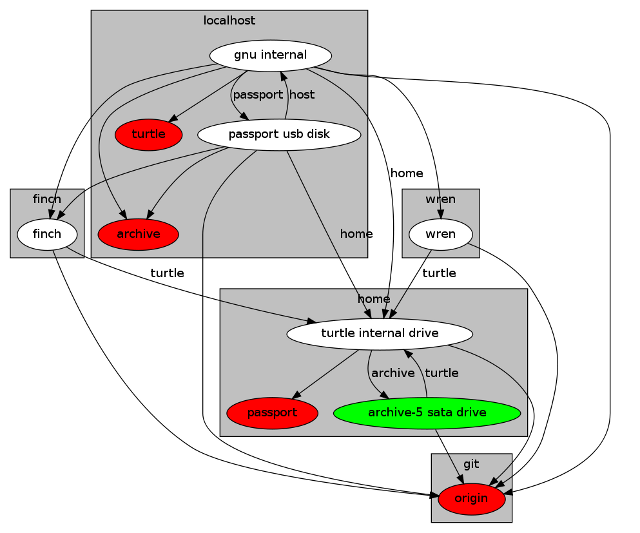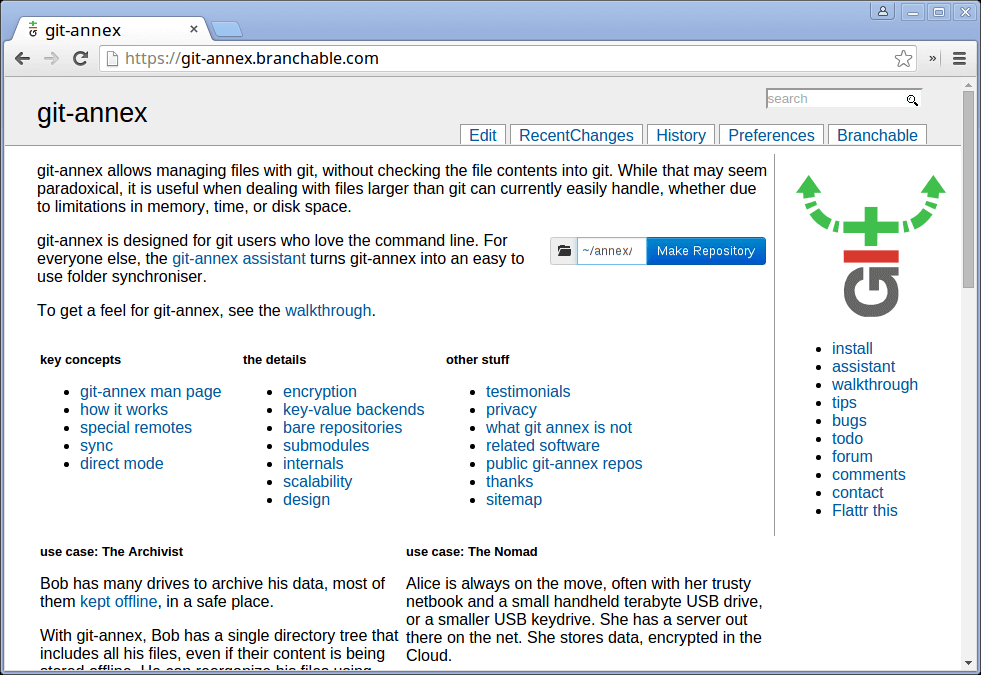


Systemd-inhibit on the other hand will prevent the system from suspending You can run fuser -v /path/to/cron.lock to see what processes are holding
#GIT ANNEX UNLOCK FULL#
So place them insideįlock ensures that if there’s a conflict, the monthly (i.e, full backup) job will take Requires privileges, this cannot be a per-user unit. The time format is correct by using systemd calendar. Read man systemd.time for what format OnCalendar takes. The service files should not have an section. To avoid future issues, make sure you have a permanent hostname. If test -f ~/.keychain/(hostname)-gpg-fish Keychain -agents gpg,ssh -gpg2 -eval id_rsa some_gpg_key_id For Bash, this will look like: # Environment variables automatically sourced, no need to do it manually hereĮval `keychain -agents gpg,ssh -gpg2 -eval id_rsa some_gpg_key_id` To invoke Keychain from your shell startup scripts. You need to explicitly specify which keys to use (i.e, id_rsa). Unless specified, Keychain will not start gpg-agent nor use gpg2.

Since it’s just a shell script, installation is The latest version at the time of writing

At the time of writing, Fedora ships version 2.8.0, Variables ( SSH_AUTH_SOCK, etc.) that can be sourced for non-interactive It will cache your keys and export environment Then reload the GPG agent (either echo RELOADAGENT | gpg-connect-agent or For the latter, you may opt to keep your passphraseĬached so that you can run the backups unattended. In cleartext, but if it’s in your crontab or protected with 700 permissions If you go with the former route, your passphrase will be You can then either use the PASSPHRASE environment variable or the In order to instruct Duplicity to use gpg2, pass -gpg-binary='gpg2'. Match /path/to/gopher, even when not using a wildcard. Include/exclude patterns, specifying a path like /path/to/go will also Git-annex(1), git-annex-add(1), git-annex-adjust(1), git-annex-config(1), git-annex-edit(1), git-annex-lock(1).I’m not sure if this is a bug or not, but you should be aware that for Messages that would normally be output to standard error are included in the json instead.Īlso the git-annex-common-options(1) can be used. This is intended to be parsed by programs that use git-annex. The git-annex-matching-options(1) can be used to specify files to unlock. # git commit -m "redeye removal" Options file matching options # git commit -m "unlocked to allow VM to make changes as it runs" (Only when supported by the file system.) While this can save considerable disk space, any modification made to a file will cause the old version of the file to be lost from the local repository. To use less space, annex.thin can be set to true this makes a hard link to the content be made instead of a copy. Normally, unlocking a file requires a copy to be made of its content, so that its original content is preserved, while the copy can be modified. This allows workflows where a file starts out unlocked, is modified as necessary, and is locked once it reaches its final version. If you use git add to add a file to the annex, it will be added in unlocked form from the beginning. The content of an unlocked file is still stored in git-annex, not git, and when you commit modifications to the file, the modifications will also be stored in git-annex, with only the pointer file stored in git. Unlocking a file changes how it is stored in the git repository (from a symlink to a pointer file), so this command will make a change that you can commit. When no files are specified, all annexed files in the current directory are unlocked. Unlocking an annexed file allows it to be modified. Normally, the content of annexed files is protected from being changed.


 0 kommentar(er)
0 kommentar(er)
